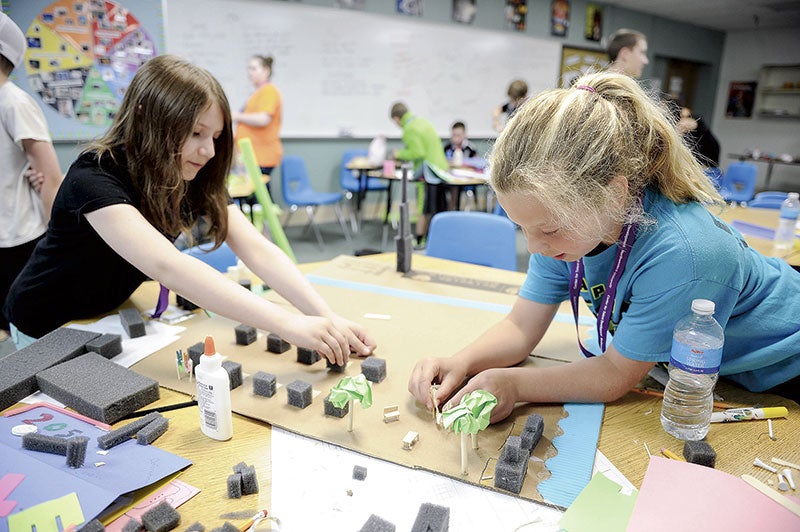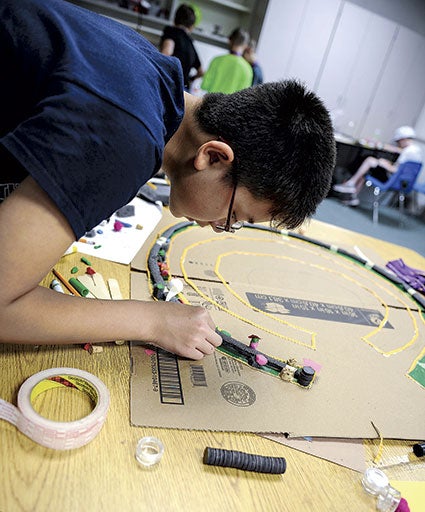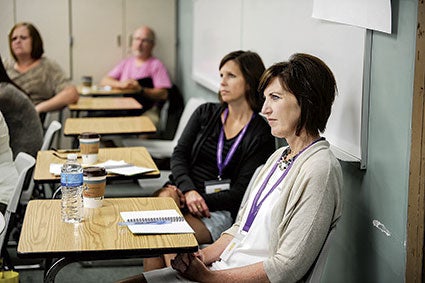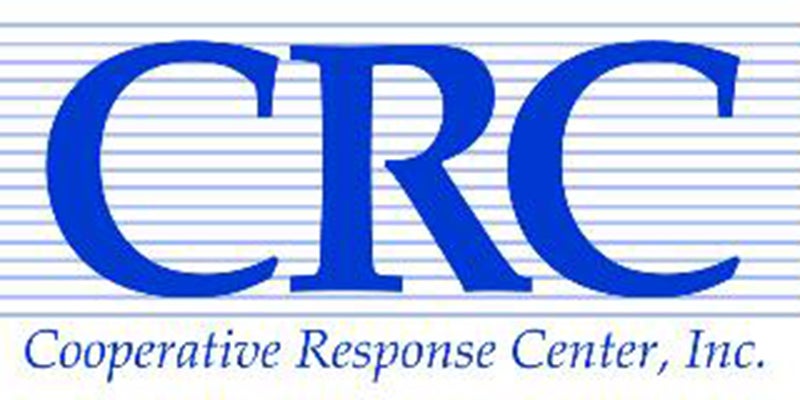The student needs; Symposium looks at understanding gifted and talented education
Published 10:24 am Wednesday, June 15, 2016

- Quinn Trottier, right, and Madi Grove construct their city of 2050 during the STEM Camp Tuesday, part of the Gifted and Talented Education Symposium at Austin High School. Photos by Eric Johnson/photodesk@austindailyherald.com
Groups of students are kicking off their summer breaks this week at Austin High School by looking into the past and the future.
Students participating in the annual Gifted and Talented Symposium and a three-day STEM (Science, Technology, Engineering, Math) camp designed what cities might look like in the year 2050, and they watched the 1982 movie “E.T.” to point out differences between the 1980s and today, such as the color of police cars.
They will showcase their efforts at the end of the symposium.
The STEM camp is part of The Hormel Foundation’s eighth annual Gifted and Talented Symposium, which is being held this week at AHS. The event brings together 220-250 educators, parents and administrators each year to discuss background, development and understanding of gifted and talented education.
Cyre Beaumont, who supervised the STEM kids, said the cities tended to look the same as modern cities, but with different ways to power the cities and what to do with the water supply and waste. The STEM camp has been held the last five years with a different activity each year, such as coding or building a roller coaster.
The Gifted and Talented Symposium brings together students and leaders to discuss how to understand gifted and talented education. Austin Public Schools Director of Educational Services John Alberts said each district has its own definition of gifted, but Austin Public Schools aims to meet students where they’re at.
“We try to identify those students who are highly able or that we can identify some advance talent,” he said.
He said determining if a student is gifted and talented is fluid.
“In a classroom, we might know that this particular student might know this unit concept … but they might need extension in that particular area,” he said. “But when it comes to another concept, maybe they don’t have that down as well so they don’t need that same level of extension at that time.”
At the primary level, this might mean students who can do math and/or reading well. At the secondary level, it might involve advanced coursework, such as honors classes or advance placement, he said.
The symposium featured sessions and discussions about different areas of gifted and talented education. Mary Slade led a discussion on the definition of gifted and talented. She said 1993 was the first time there was a national definition.
“The key things are the potential to be gifted,” Slade said. “The definition has to talk about potential.”
Alberts said the goal of any education is to meet students where they’re at and help them grow.
“It’s really important to meet the needs of all the students so that all students can really grow and that’s really what we want in our schools is students have that opportunity to grow,” Alberts said.
Alberts added for some students, that might be remediation to help them catch up, for others it could be the typical day-in-day-out workload, and for some it could mean an extension of schoolwork.
Alberts said both parents and teachers would be able to take something away from the symposium and apply it to their children or classroom.

Eric Yang gets up close as he builds his vision of a city in the year 2050 during STEM Camp at Austin High School Tuesday, part of the Gifted and Talented Education Symposium. Eric Johnson/photodesk@austindailyherald.com
“A lot of practices you’ll hear about in gifted education aren’t just good for gifted students, they’re good for all students,” Alberts said. “And so it’s really a chance for teachers to interact with other teachers as well as hear from national experts and really hear about really good practices.”
He hoped the attendees would find useful ideas to use in their own settings.
Alberts said there are many options for gifted and talented students in Austin Public Schools. At the elementary level, there are gifted and talented interventionists who support students that know an area of schoolwork well. Southgate Elementary features the Pi Academy for grades K through 4. Secondary education students can participate in honors classes, AP (advance placement) classes, College in the Schools and post secondary enrollment options (PSEO). Kindergarten students have the option of early kindergarten admittance based on criteria. The district also has accelerated grade and single subject options.
The Hormel Foundation approached the Austin School District nine years ago with an idea of how it could help support gifted education in the community, Alberts said. Along with Wendy Behrens, the state gifted and talented specialist for the Minnesota Department of Education, they developed a multi-faceted plan of how The Foundation could support gifted education in Austin.
“The Foundation underwrites it so that it is an opportunity for any Austin staff or parents to attend at no cost,” Alberts said. “We usually get about a third of attendance from Austin. It just provides really national experts in the field that will come to Austin and share what they know, current practice or current research about gifted education.”
Others who come from outside the Austin area are charged a registration fee, which helps pay for costs of the symposium.





